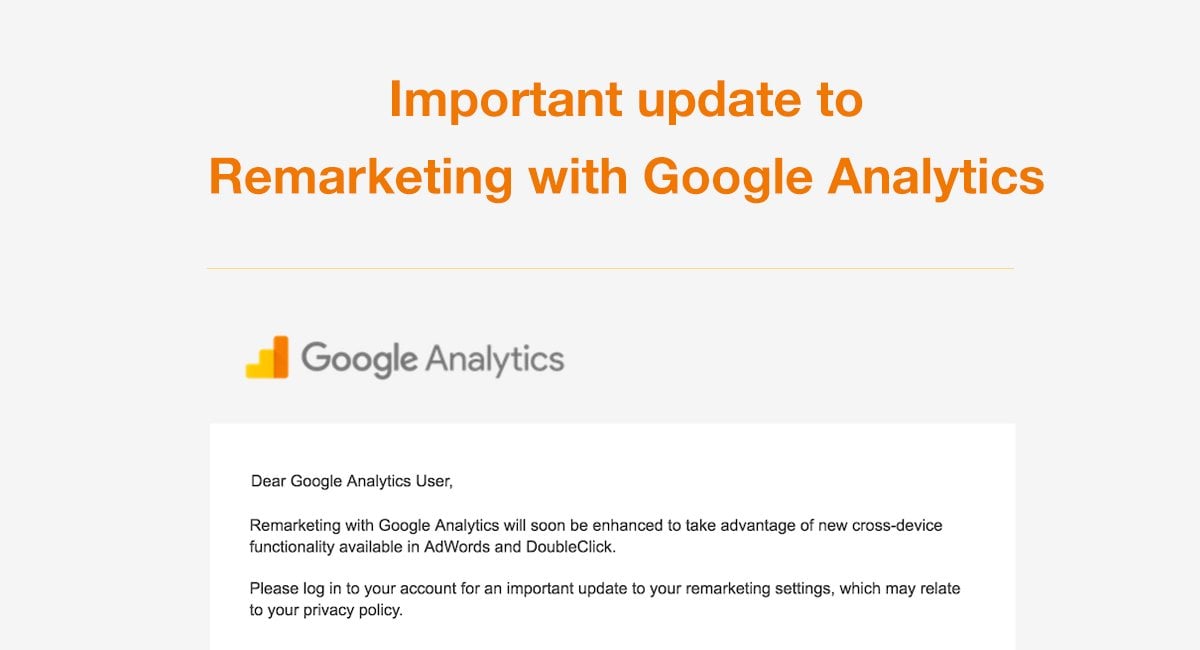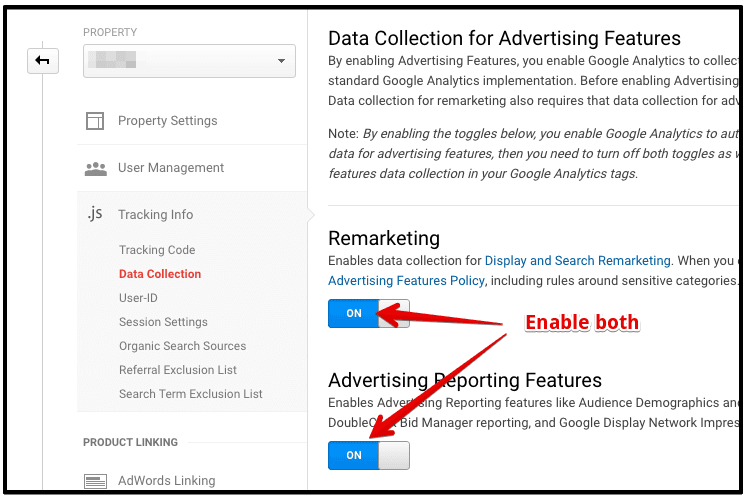Utilizing Remarketing in Google Analytics: A Comprehensive Overview
Harnessing remarketing in Google Analytics offers organizations a tactical side in connecting to prospective consumers. The capacity to target individuals that have actually currently interacted with your website offers an one-of-a-kind opportunity for customized advertising and marketing initiatives. By understanding exactly how to craft audience lists and deploy them properly, organizations can substantially boost their conversion rates. However, the intricacies of establishing and maximizing remarketing campaigns require an extensive understanding of audience division and performance evaluation. This guide will certainly drop light on the vital steps associated with harnessing the full capacity of remarketing in Google Analytics, resulting in improved advertising and marketing outcomes.
Comprehending Remarketing in Google Analytics
Remarketing in Google Analytics enables organizations to purposefully target individuals that have actually formerly connected with their website or mobile app. By leveraging information from Google Analytics, companies can produce personalized remarketing lists based upon individual actions, such as pages gone to, actions taken, or specific goals attained. This powerful tool enables companies to re-engage with individuals who have actually revealed passion in their services or products, inevitably increasing the probability of conversion.
Understanding the various kinds of remarketing approaches is crucial for a successful campaign - What Is “Remarketing” In Google Analytics?. Google Analytics provides numerous choices, consisting of typical remarketing, vibrant remarketing, and remarketing lists for search advertisements (RLSA) Each type offers a distinct objective and can be tailored to fulfill details advertising and marketing purposes
Moreover, analyzing the efficiency of remarketing campaigns is necessary for optimizing outcomes. Google Analytics supplies important understandings right into the performance of different remarketing methods, allowing services to make data-driven decisions and fine-tune their targeting strategy. By continuously readjusting and keeping an eye on remarketing efforts based on analytics data, services can maximize ROI and drive success in their advertising and marketing campaigns.
Establishing Remarketing Projects

After establishing target market lists, the following step is to connect Google Analytics with Google Ads. By linking these two platforms, organizations can perfectly transfer target market checklists from Google Analytics to Google Advertisements for remarketing functions. This integration allows for more exact targeting and much better campaign performance.
As soon as the accounts are connected, organizations can create remarketing campaigns in Google Ads using the audience lists formerly specified in Google Analytics. These projects can be customized with certain advertisement creatives, messaging, and bidding methods to effectively re-engage with past visitors and drive conversions. By adhering to these actions, companies can utilize the power of remarketing to enhance their advertising and marketing initiatives and boost ROI.
Making Use Of Target Market Division Approaches

Predefined sections in Google Analytics allow you to promptly assess common audience click this classifications fresh individuals, returning individuals, or users that finished a particular objective on your website. Customized sections, on the various other hand, enable you to develop distinct sections based upon particular criteria that are essential to your company goals. Dynamic remarketing listings instantly readjust based upon individual actions, revealing personalized advertisements to customers that have interacted with your site in specific methods.
Studying Remarketing Efficiency Metrics
Upon evaluating the effectiveness of remarketing campaigns in Google Analytics, the analysis of crucial efficiency metrics offers useful insights right into audience engagement and conversion rates. By diving right into metrics such as click-through prices (CTR), conversion prices, cost per procurement (CERTIFIED PUBLIC ACCOUNTANT), and return on advertisement spend (ROAS), marketing experts can determine the success of their remarketing initiatives. CTR suggests the percent of users that clicked on the ad after viewing it, mirroring the ad's importance and allure. Conversion prices gauge the percent of users that finished a wanted activity, such as purchasing, after clicking on the ad. Certified public accountant exposes the typical price sustained for every conversion, helping analyze project success. ROAS, on the other hand, evaluates the earnings created for each buck invested on advertising and marketing. Evaluating these metrics makes it possible for marketers to maximize campaigns, improve audience targeting, and allot spending plans effectively to boost general remarketing efficiency.
Optimizing Remarketing Strategies
When refining remarketing techniques in Google Analytics, concentrating on audience division is vital for achieving project success. By dividing your audience into specific sections based upon their habits, demographics, or passions, you can tailor your ads extra effectively to every group. This targeted strategy boosts the chance of engaging customers that have actually already shown passion in your solutions or items, leading to greater conversion prices.
An additional crucial element of maximizing remarketing strategies is constantly screening and refining your campaigns (What Is “Remarketing” In Google Analytics?). A/B screening various advertisement creatives, messaging, or deals can assist you recognize what resonates best with your target market and drives one of the most conversions. By analyzing the efficiency of these examinations in Google Analytics, you can make data-driven choices to maximize your remarketing initiatives further
Additionally, leveraging dynamic remarketing can considerably improve your campaign results. This feature allows you to reveal tailored advertisements to customers based on their past interactions with your website, showcasing service or products they have actually formerly watched. By supplying tailored material to individuals based on their interests and actions, vibrant remarketing can help raise engagement and drive conversions.
Verdict
To conclude, taking advantage of remarketing in Google Analytics is a critical method to target individuals that have actually previously engaged with a website. By creating personalized audience checklists and making use of audience division methods, companies can optimize remarketing advocate raised conversion prices. Analyzing efficiency metrics and constantly maximizing methods are essential for making the most of the effectiveness of remarketing initiatives.
Google Analytics offers various alternatives, including common remarketing, dynamic remarketing, and remarketing checklists for search ads (RLSA)After setting up target market lists, Click This Link the following step is to connect Google Analytics with Google Advertisements. By linking these 2 systems, organizations can perfectly transfer target market listings from Google Analytics to Google Advertisements for remarketing objectives.Once the accounts are connected, businesses can produce remarketing campaigns in Google Advertisements using the audience lists previously defined in Google Analytics.When refining remarketing techniques in Google Analytics, concentrating on target market segmentation is vital for achieving campaign success.